The "Shaving Cream Water Cycle" Experiment Is an Easy Science Project You Can Do With Kids at Home

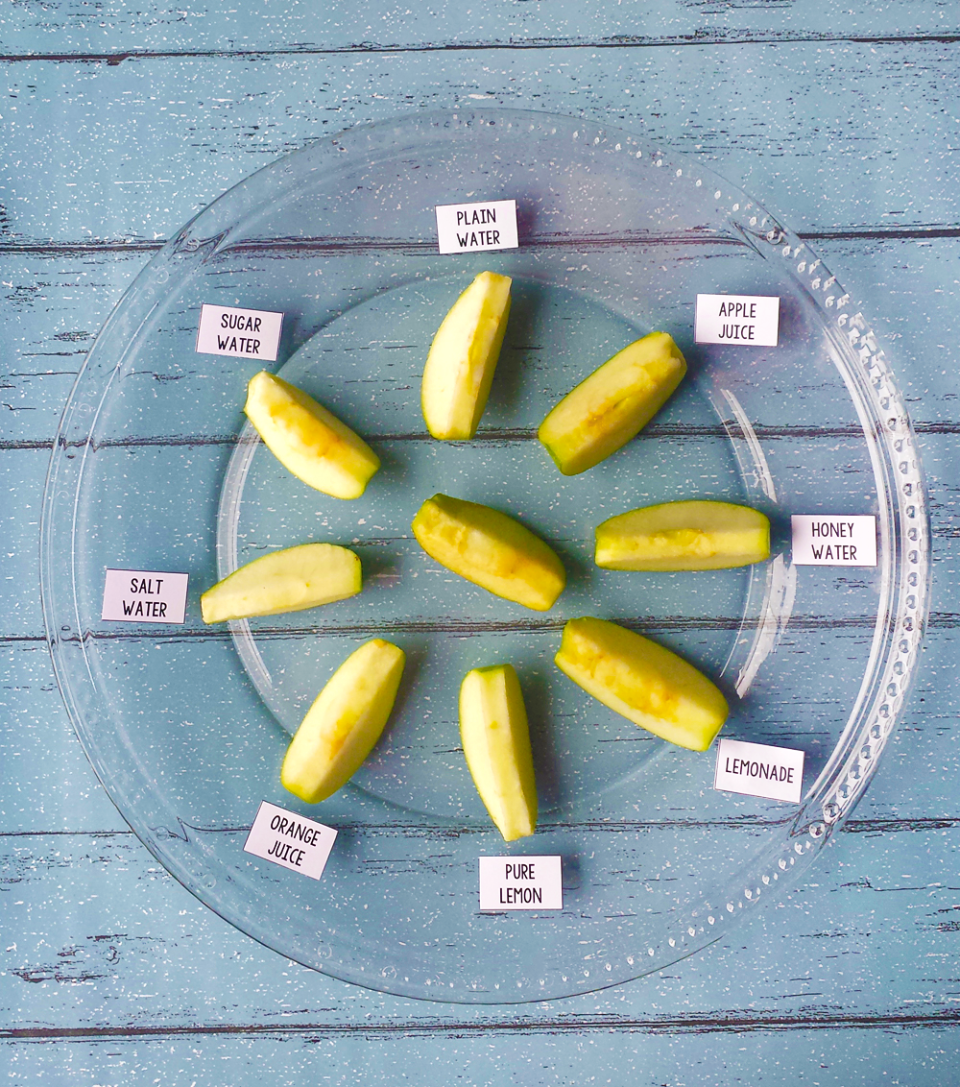

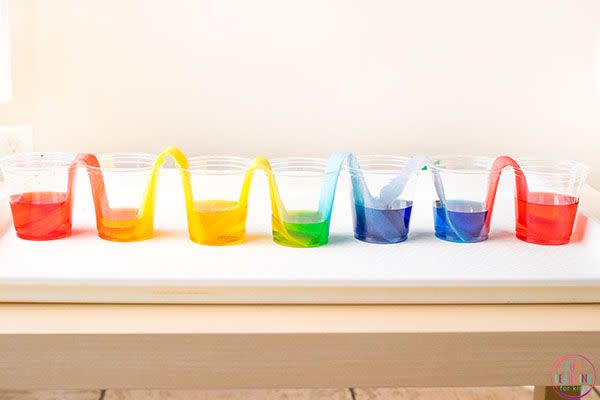

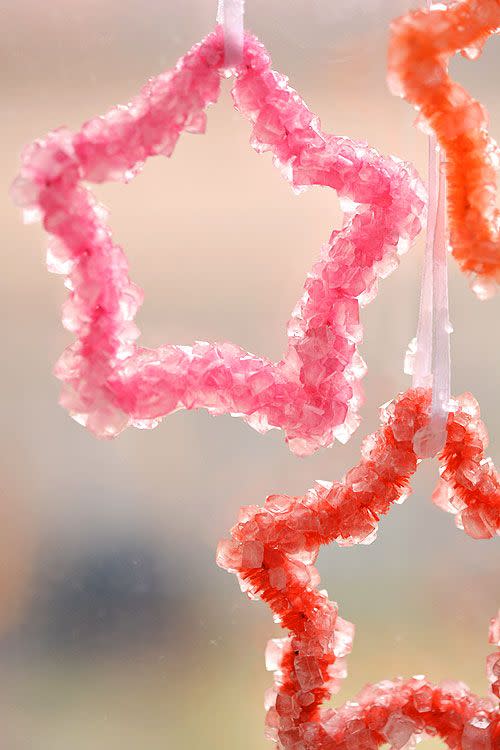



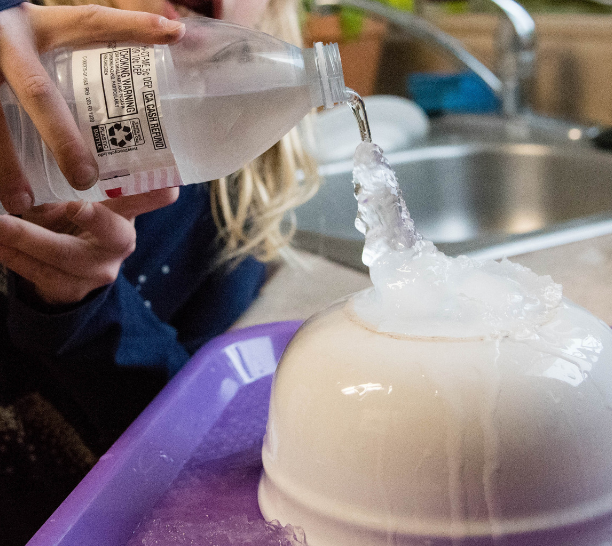
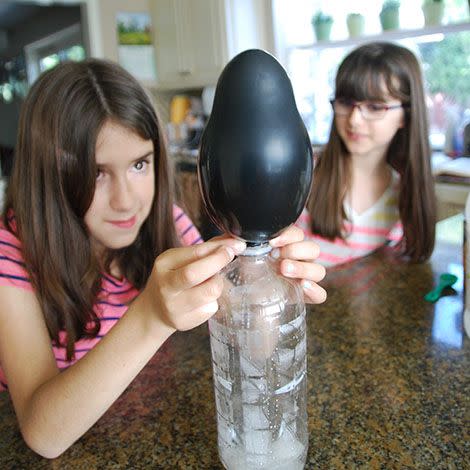


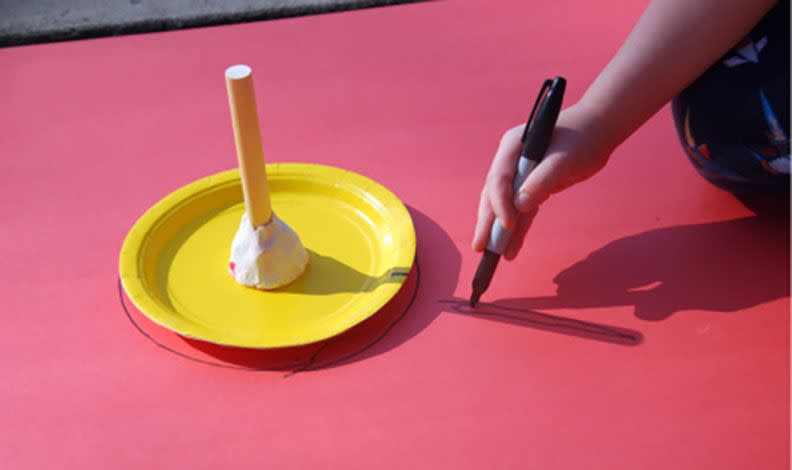
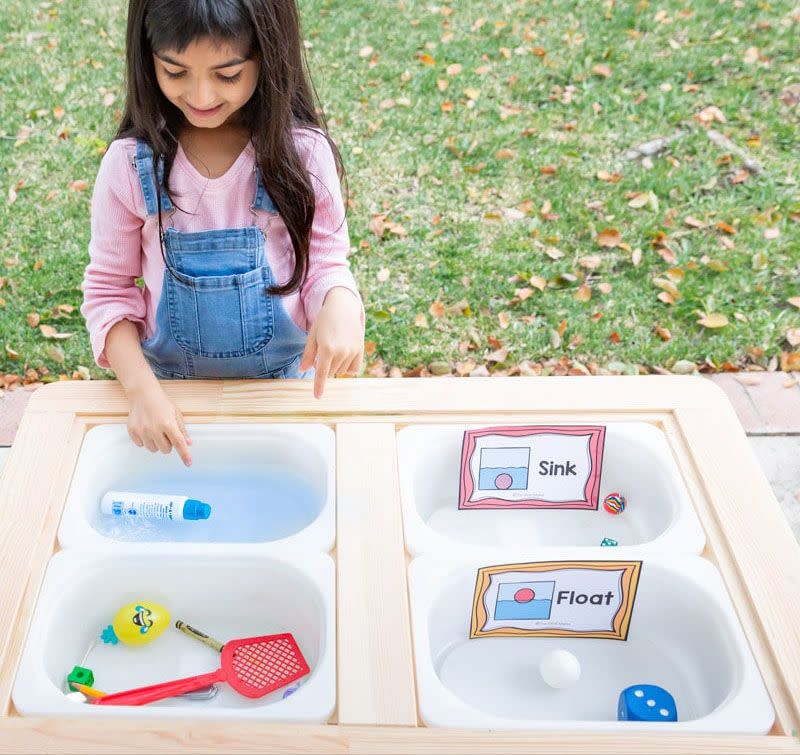
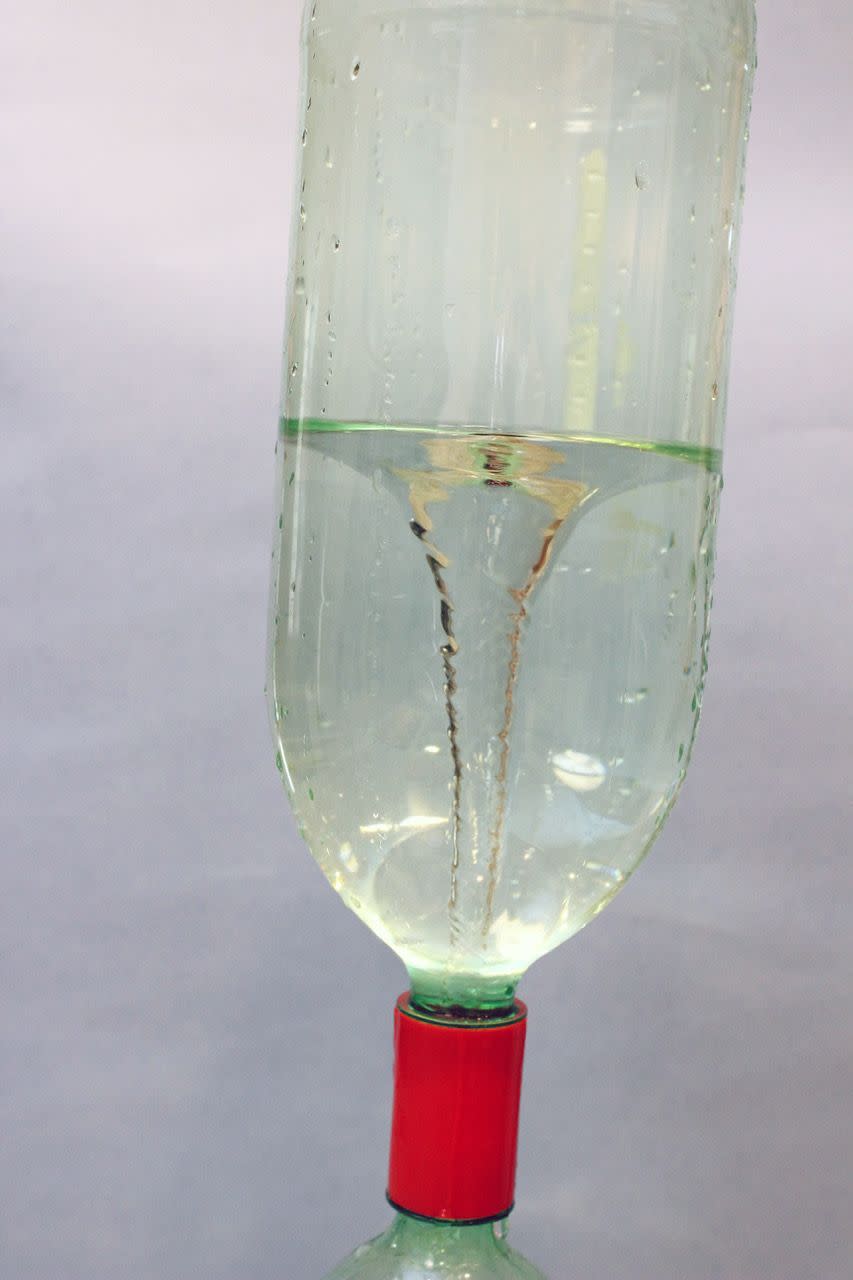



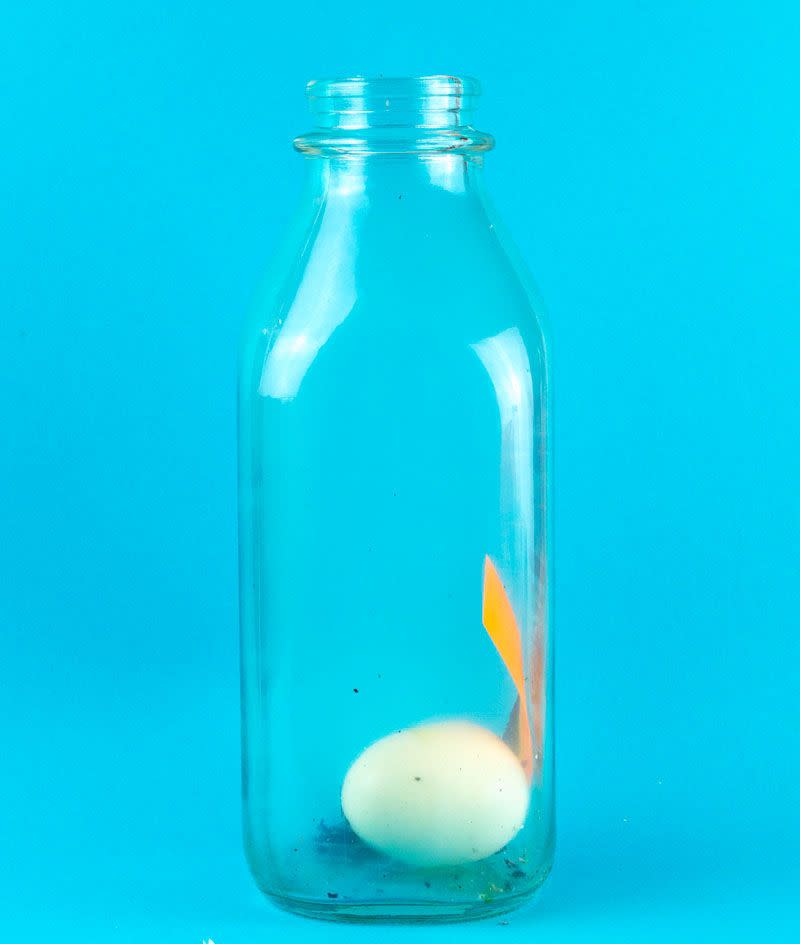
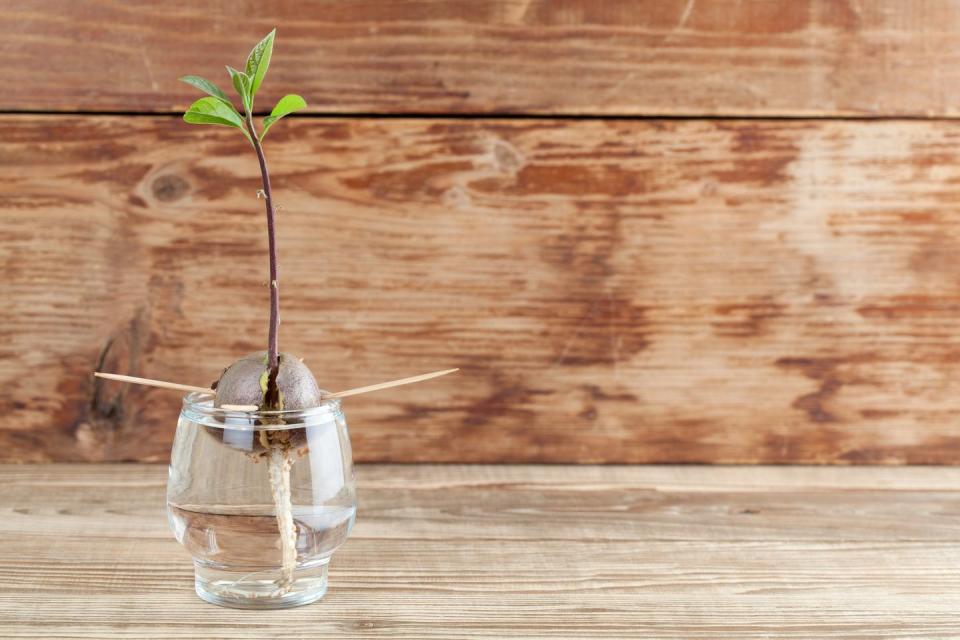


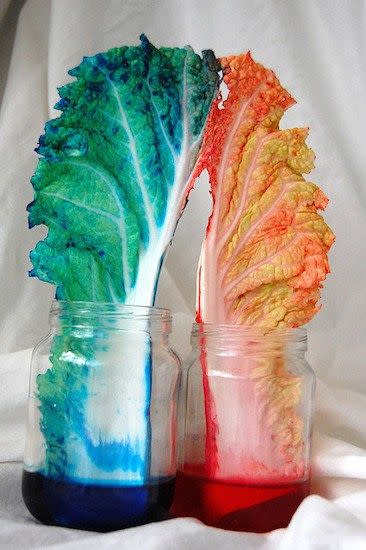
The "Shaving Cream Water Cycle" Experiment Is an Easy Science Project You Can Do With Kids at Home
The cool thing about science is that it describes what's happening all around us, all the time. Sometimes, though, kids find it hard to connect what they know about science to the real world. These easy science experiments for kids can be done at home, with everyday household items, to show kids that the abstract concepts they may have hard about actually have influence over their normal, everyday lives. Next time your kids are looking for fun indoor activities, set up one of these experiments and watch them be amazed — we tried to find DIY projects that have a flair for the dramatic.
You can find a subject they're particularly interested in, whether it's Earth science, weather, magnetism, astronomy, or even chemistry, which is often the hardest one to grasp in the real world. But, of course, it must be said that even when you're not in the lab, safety counts: wear goggles and coats or aprons if need be (sometimes kids get a kick out of how scientific the protective gear makes them look), and always make sure that the kids are supervised when doing them (especially the projects that involve fire). Then, pave the way for your future Nobel winner.
We love a good DIY activity.
